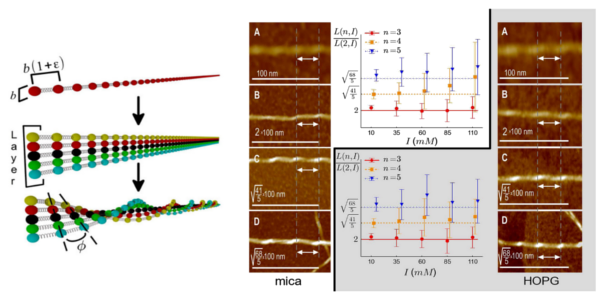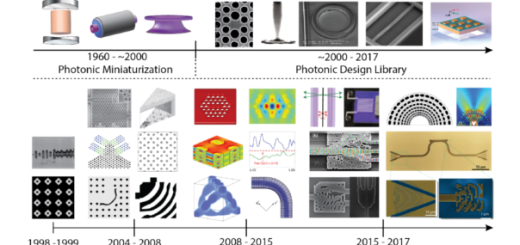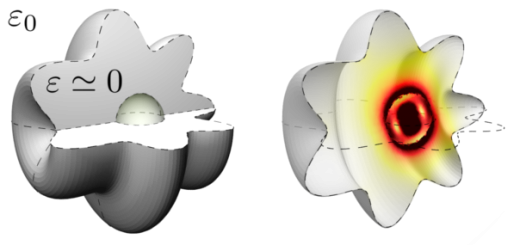Polymer-theory Insights into Biomolecular Systems
 Title: Polymer-theory Insights into Biomolecular Systems.
Title: Polymer-theory Insights into Biomolecular Systems.
When: Friday, September 22, (2017), 12:00.
Place: Department of Condensed Matter Physics, Faculty of Science, Module 3, Seminar Room (5th Floor).
Speaker: Salvatore Assenza, ETH-Zürich, Zürich, Switzerland.
Biomolecular systems are nowadays being the focus of a massive amount of research, both theoretical and experimental. The advancement of techniques has enabled the exploration of single-molecule properties, thus posing new challenges at the theoretical level. In this talk I will present two recent works inspired by such findings.
- The first part will be focused on a constitutive model for amyloid fibrils based on the minimization of the total energy per fibril. The constitutive model quantitatively recapitulates the main mesoscopic topological features of amyloid fibrils, that is, the evolution of fibril periodicity as a function of the ionic strength of the solution and of the fibril width. A universal mesoscopic structural signature of the fibrils emerges from this picture, predicting a general, parameter-free law for the periodicity of the fibrils, that depends solely on the number of protofilaments per fibril. These predictions are validated experimentally and conclusively highlight the role of competing electrostatic and elastic contributions as the main players in the establishment of amyloid fibrils structure.
- The second work is focused on the shape and the orientational properties of a polymer chain under tension in a good solvent, a physical condition that is often realized both in single-molecule experiments and in vivo. Our findings reveal the existence of hitherto unobserved universal laws encompassing polymers with different rigidities and including the possible presence of excluded-volume effects, showing that both shape and orientation are solely determined by the force contribution to the free energy. In doing so, they also provide a simple way to retrieve these quantities from the knowledge of the force-versus-extension curve.



















